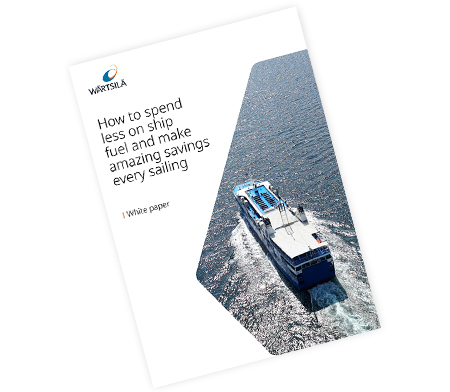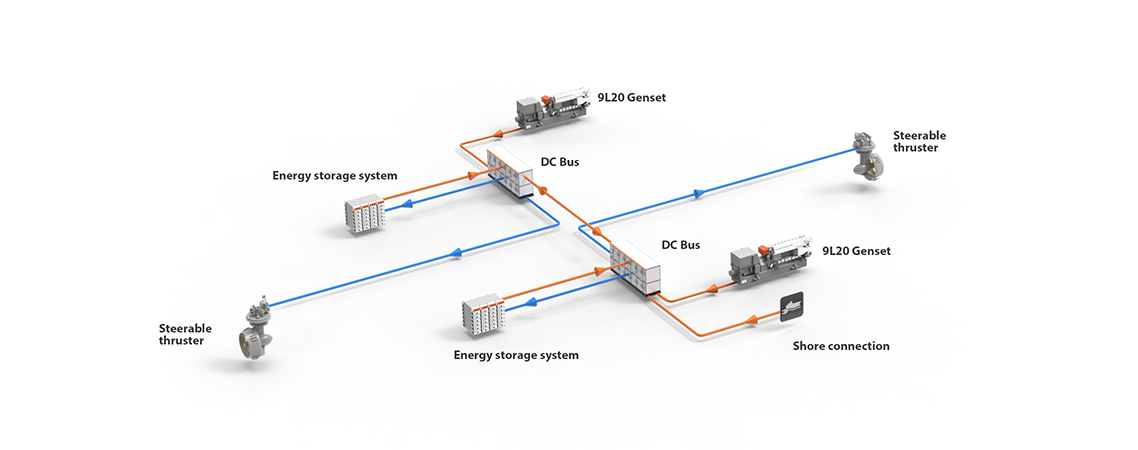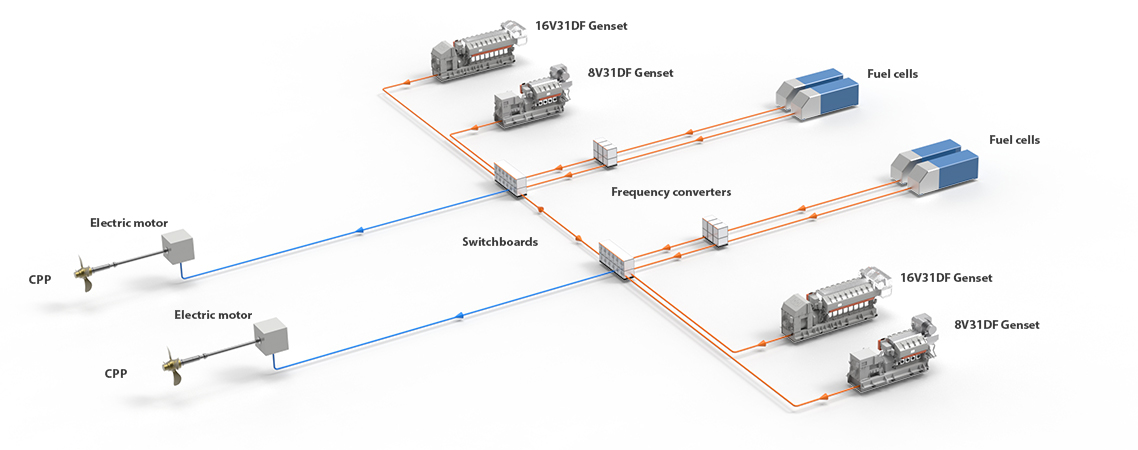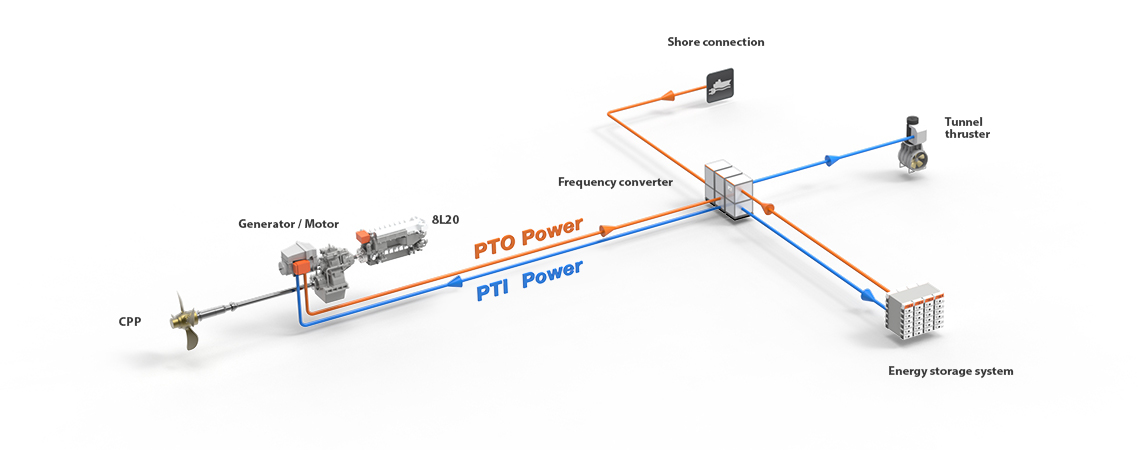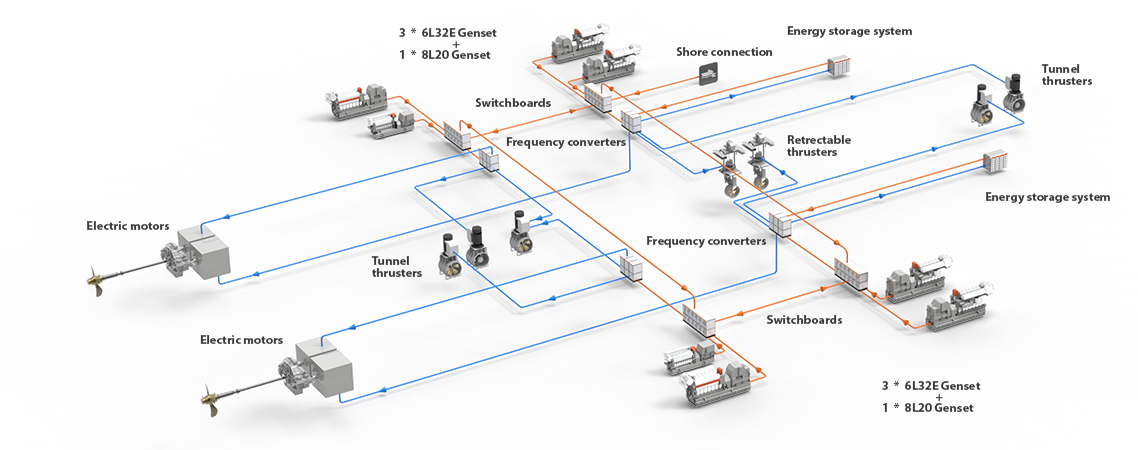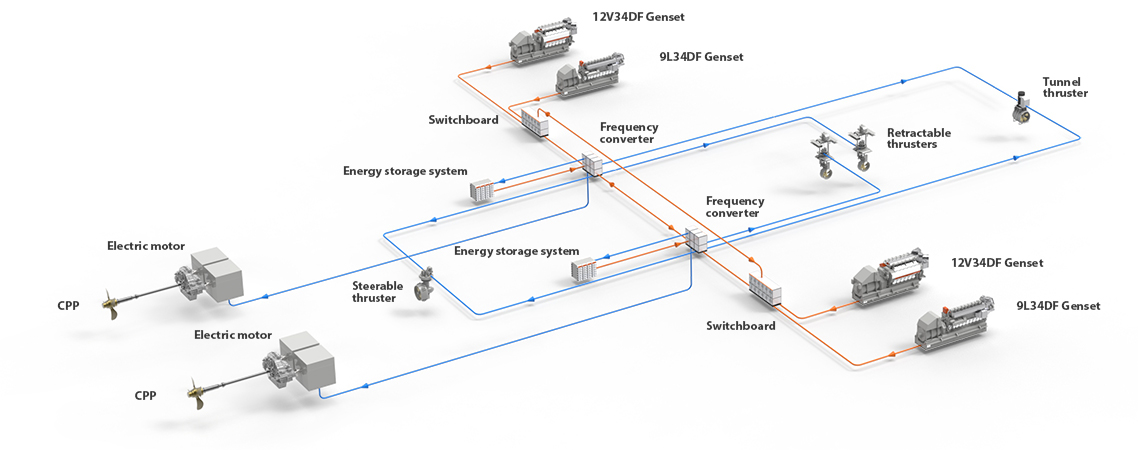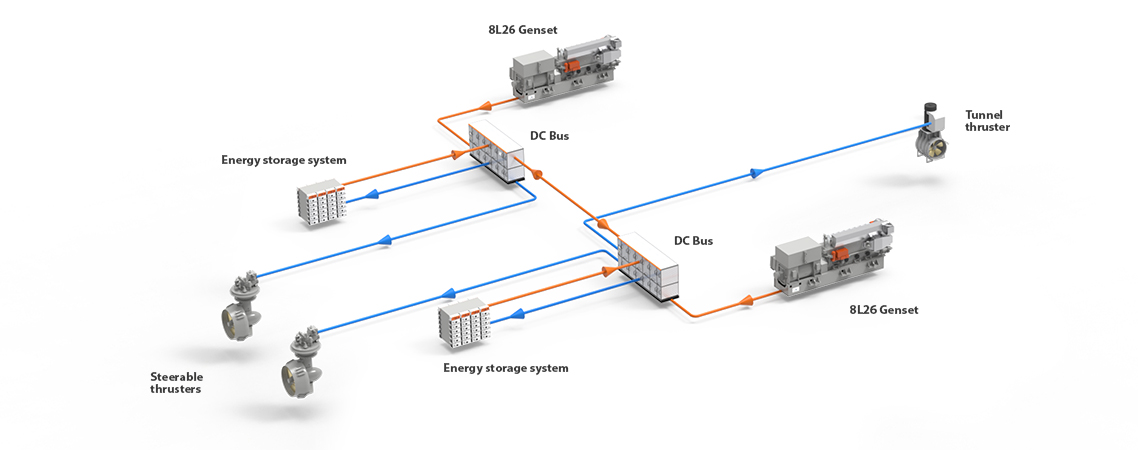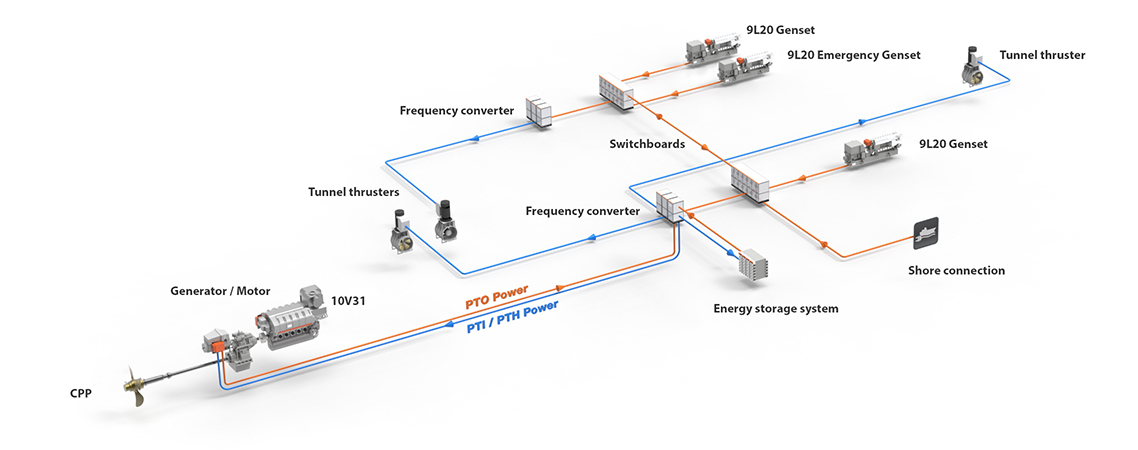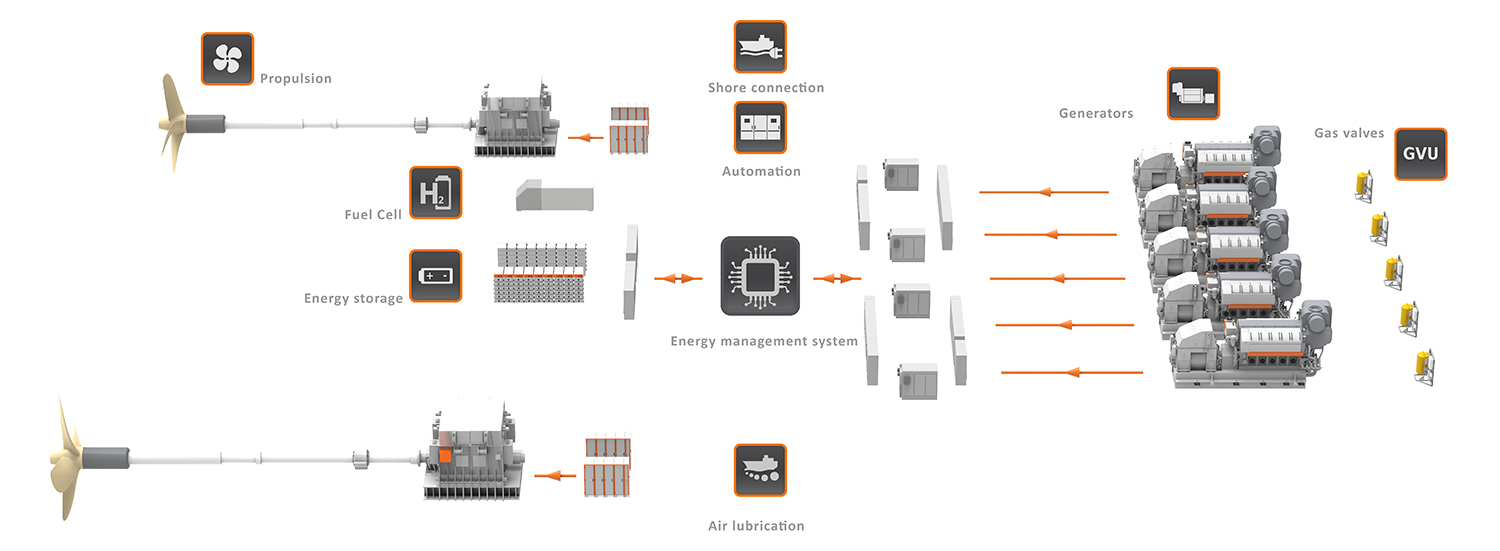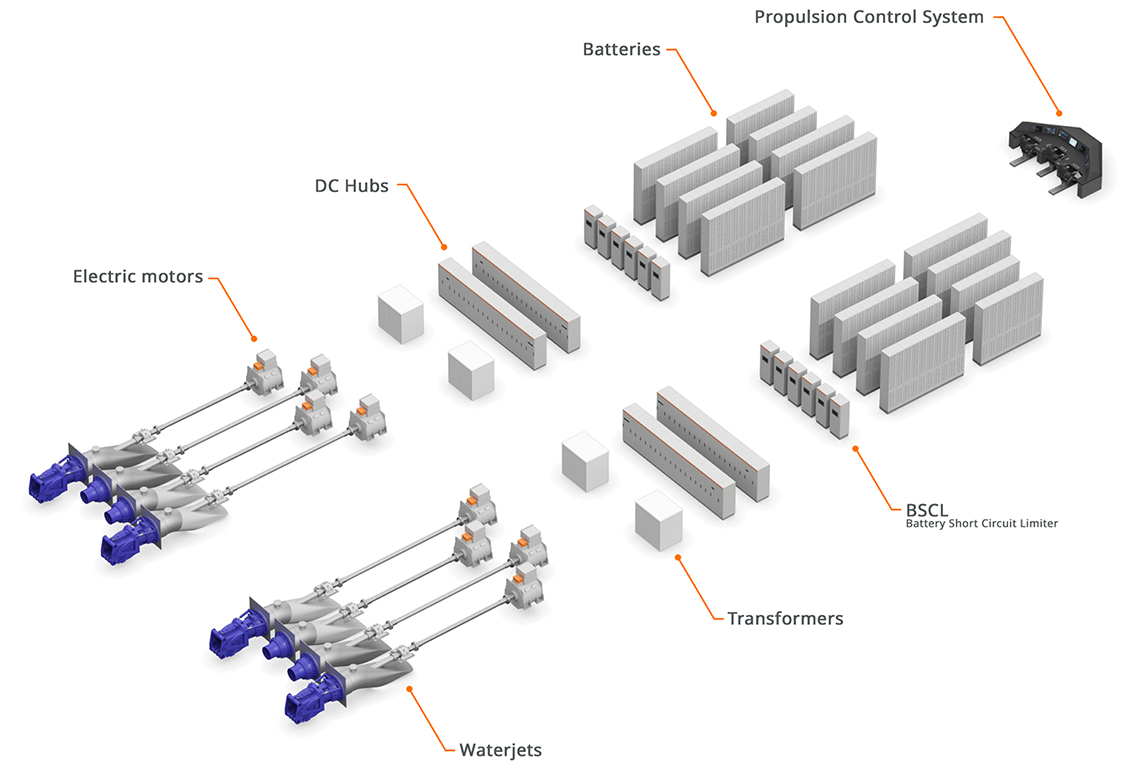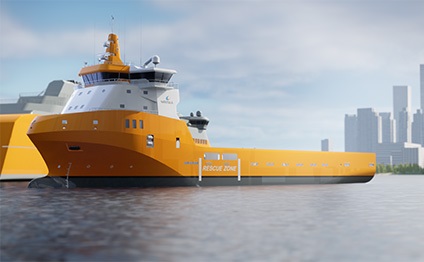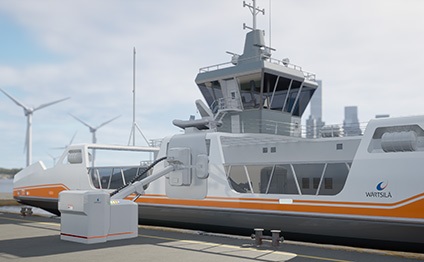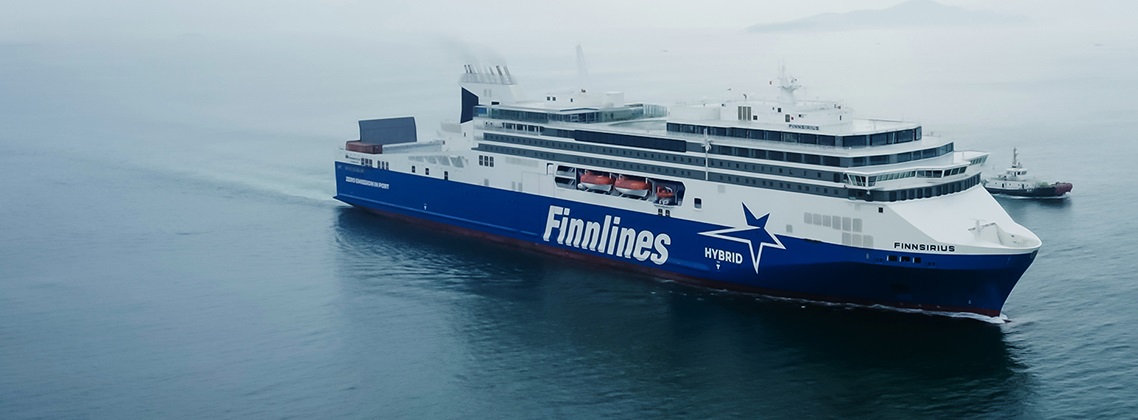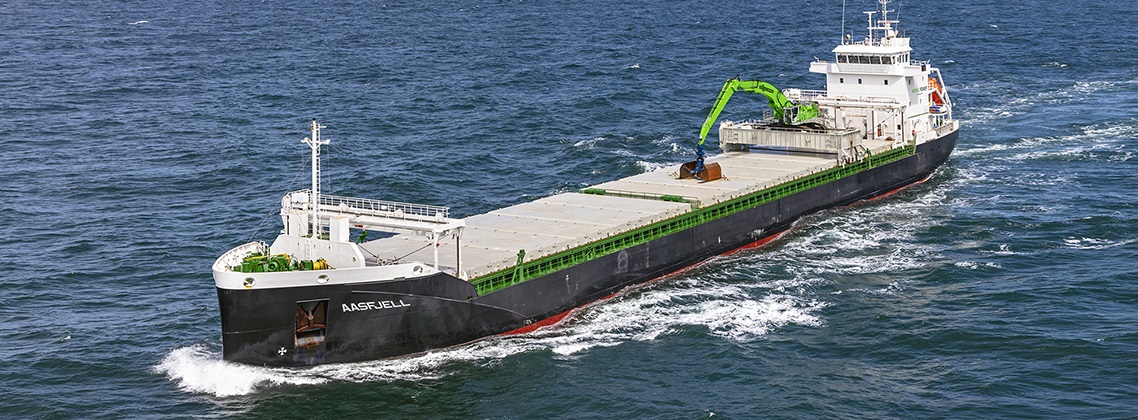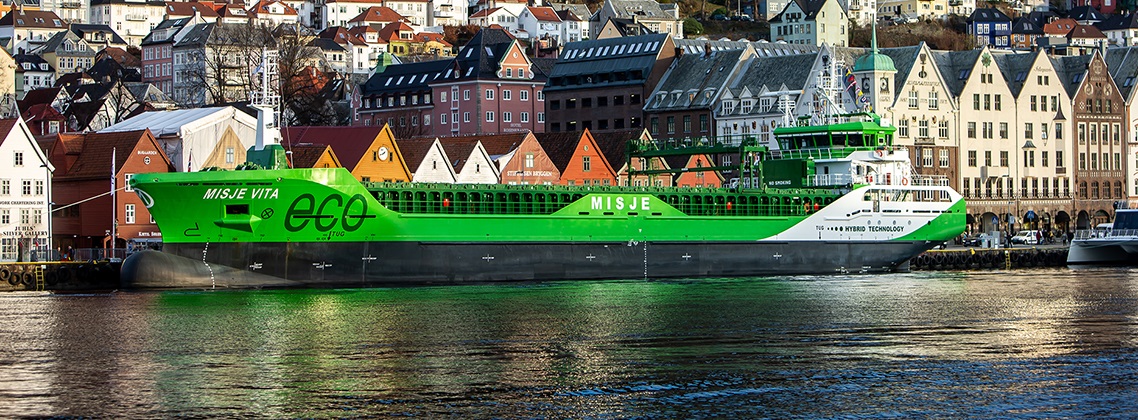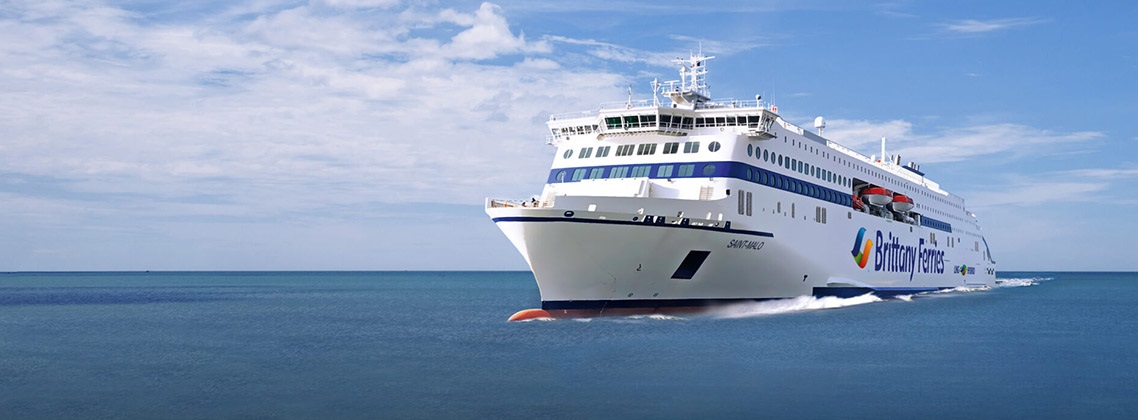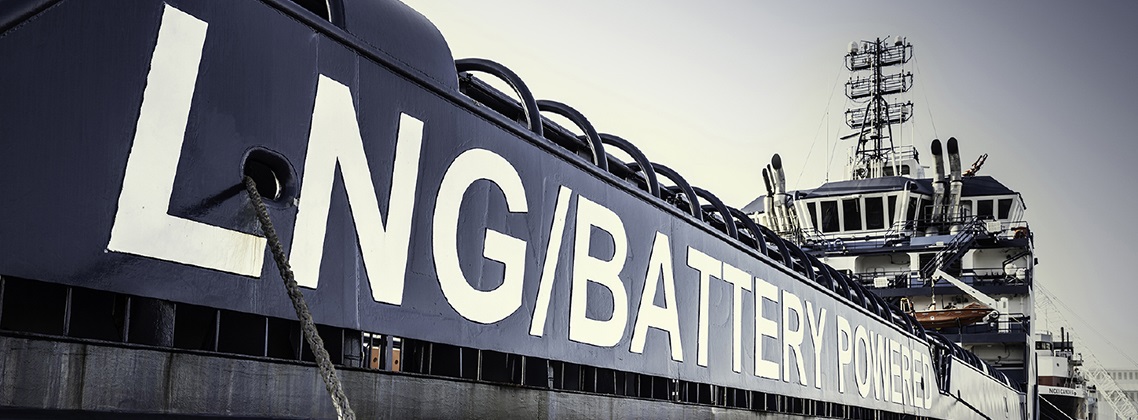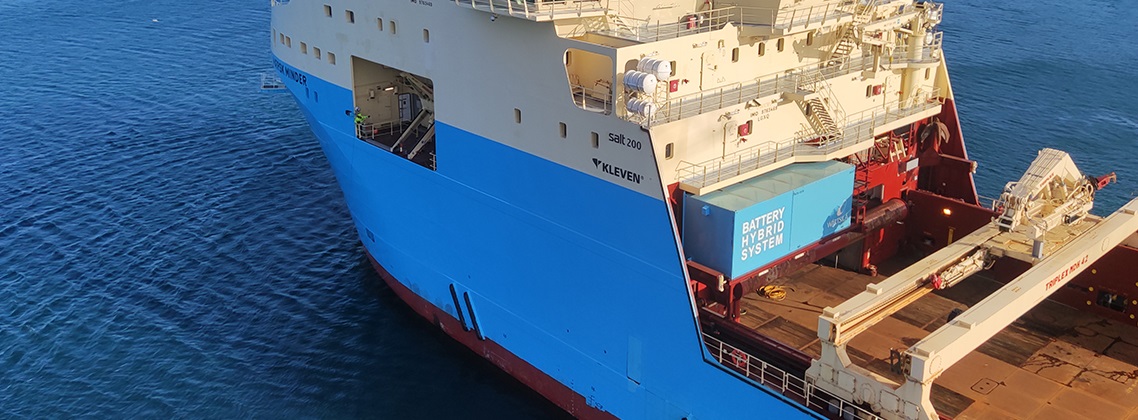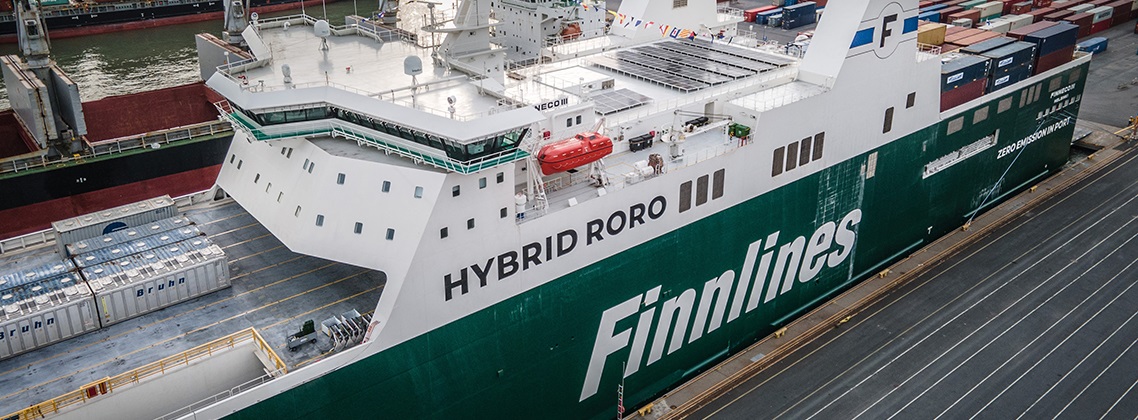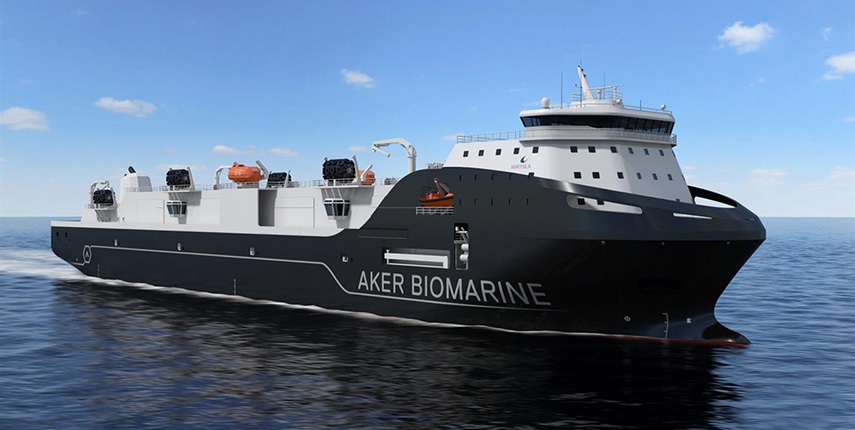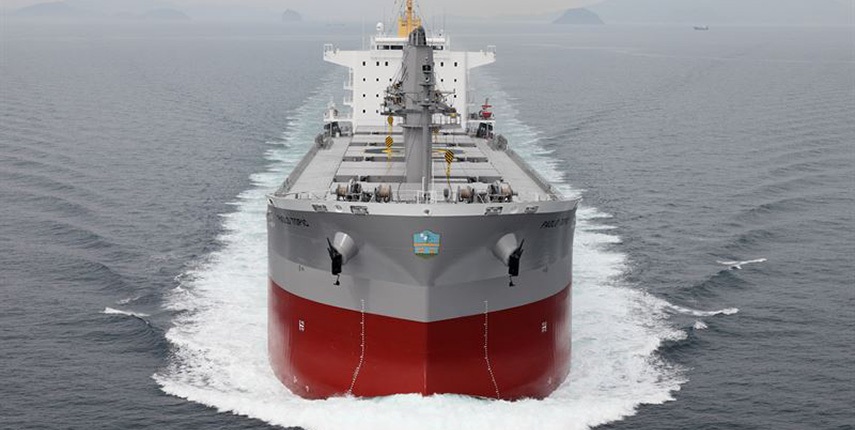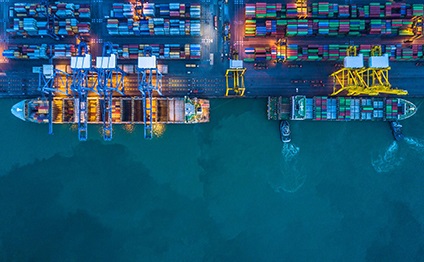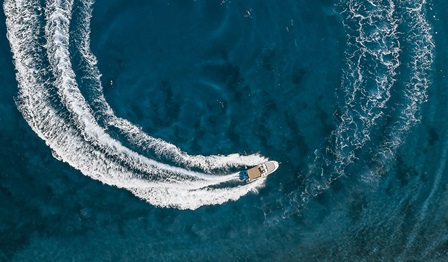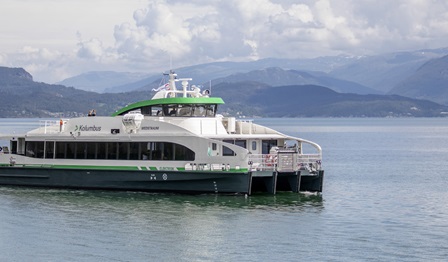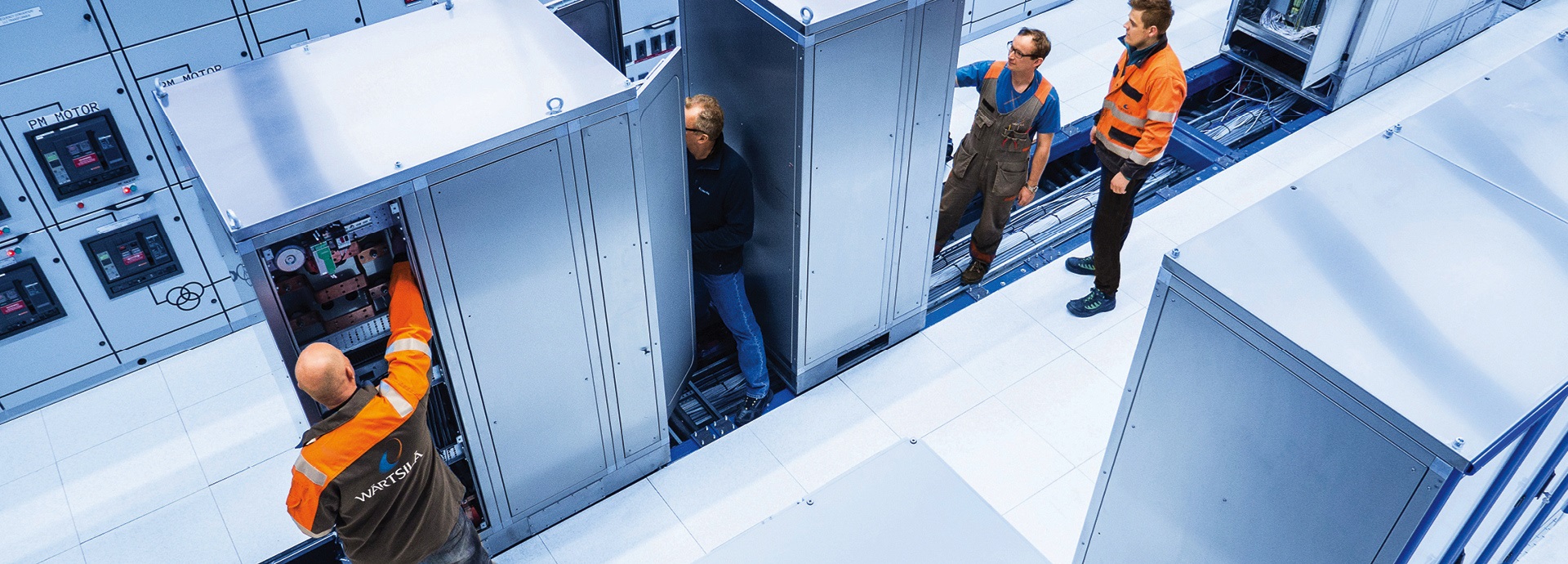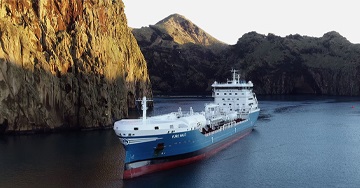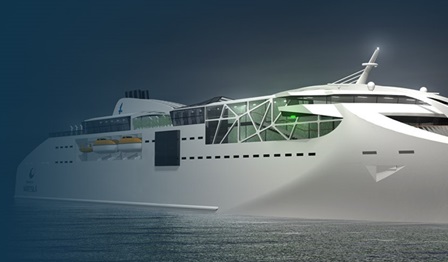
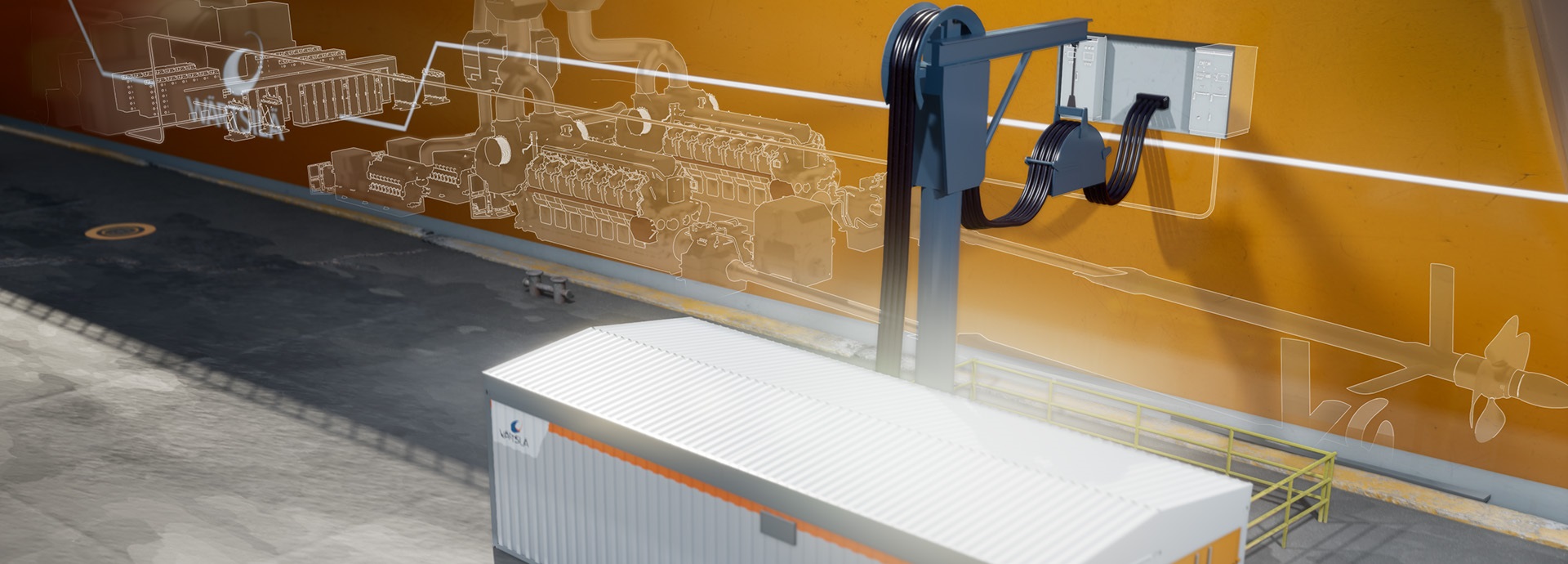
There’s more to electric shipping than electric propulsion
Electric shipping and hybrid ships are important solutions now that the marine industry has entered a new era – the age of decarbonisation and strict regulation. Vessels must be future proof: flexible enough to adapt to the changing needs in the future. As the regulation evolves and restrictions on emissions become stricter, the best way to stay competitive is to rely on the best available technologies. Electric shipping or ship electrification is one of the key solutions for marine decarbonisation.
The future of shipping is here: Play the video to discover how these interesting electrical solutions can reduce the environmental footprint for different vessels.
Electrical solutions and decarbonisation
Electrical solutions will deliver reduced emissions as retrofits and offer a competitive advantage also for newbuild vessels.
Electrical solutions have been part of vessel design for many years in the form of diesel-electric propulsion or shaft generators, for example. The share of green energy – from renewable sources such as wind, water, and solar – in land-based electrical grids is on the increase.
It makes sense for ships to take advantage of shore-based green energy. As an example, using a shore connection can reduce emissions significantly while the ship is in port. Depending on the vessel and its operating profile there are many ways to reduce its emission footprint. The key is optimisation: finding the right solution for each vessel.
Slow steaming used to be the favourite solution for many vessels to reduce emissions. Flexibility was not an issue then, so this means that some vessels will never be fully optimised. Electrical systems onboard make it possible to use smarter propulsion systems. Smarter, more resilient, and more flexible – and thus capable of adapting to the changing needs in the future of shipping.
What powers cruise ships in the future? Will cargo ship engines be electric?
Deepsea vessels will have to adopt green fuel engine technology to decarbonise. Electrical systems will be an integral part of the system including shaft generators and shore connection. Electric cruise ships and electric cargo ships are a futuristic concept, but they can go hybrid and take advantage of solar energy to improve their efficiency.
Tugs can benefit from hybrid or even full electric solutions. They operate close to the shore to land based electrical infrastructure. Because they have high load variations and spend long periods of time on standby, hybrid electric solutions will cut their GHG emissions significantly.
Ferries are often part of local transportation routes and can easily use the land-based charging infrastructure. If the route is short enough, the ferry can even be fully electric. Many ferries still prefer to have a hybrid electric solution to minimise risks.
Any short-distance or coastal vessel can be a hybrid ship. They can charge their ship battery with green energy available at the port. They can be a zero emission ship while manoeuvring, station keeping, and port navigating if they switch to full electric power during those operations.
Could you benefit from a hybrid solution?
Hybrid systems can be used on a wide variety of vessel types, both newbuilds and retrofits. Discover the clever ways that a hybrid solution could help you cut your vessel’s operational costs.
Battery-powered ships, hybrid ships or diesel-electric ships?
Which solution would be optimal for your vessels? The following are examples of actual solutions.
E&PMS landing page Solutions
Expand all
Why electrification – market trends and drivers
Watch the video and you will also learn three reasons to consider ship electrification as a solution for marine decarbonisation.
Solutions in more detail
Customer stories
Discover the benefits others have already gained from marine electric solutions.
Insights on electric shipping
Discover these insightful articles and case studies – they will build your knowledge of ship electrification and hybrid marine solutions.
Webinars related to electric shipping
Explore what you need to know about electric shipping and hybrid ships: watch the webinar recordings to learn from experts from the maritime industry and associations.
Hand-picked press releases
Wärtsilä and CLdN cooperate in building of innovative hybrid RoRo vessels
The technology group Wärtsilä and logistics provider CLdN have jointly developed an innovative hybrid design for two new RoRo vessels. The propulsion arrangement is such that the ships can operate as gas/diesel-mechanical vessel now, or in the future as gas/diesel-electric vessel. The vessels are being built at Hyundai Mipo Dockyards in Korea.
The Wärtsilä hybrid system includes Energy Storage Systems, two large PTO/PTI generators and electric motors, multidrive converters, and the Wärtsilä Energy Management System that controls and optimises the hybrid operations. The solution will enable the ships’ CO2 emissions to be minimised, thereby supporting the marine sector’s decarbonisation ambitions. The order with Wärtsilä was placed in June 2022.
“Our aim is to be flexible with regard to future technological developments, which is why we have worked on the development of these new vessels with Wärtsilä, a company with a proven track record in developing advanced hybrid technology for the marine industry,” says Gary Walker, COO Shipping at CLdN.
“Decarbonisation is a central issue for shipping today, which means that vessel designs need drastic re-thinking. It’s not always clear, however, what these changes should involve, so we at Wärtsilä have for some time now been recommending that built-in flexibility in the propulsion train should be a priority. Together with CLdN, with these vessels we are showcasing what is today both possible and meaningful,” says Torsten Bûssow, Director Ship Electrification Solutions at Wärtsilä.
The two 234 metre long vessels will each feature 8000 lane metres of cargo space. They are part of CLdN’s fleet renewal programme aimed at drastically reducing emissions. The ships are scheduled to be delivered in Q4 2024 and Q1 2025, and will operate on CLdN’s European network.
Wärtsilä is a market leader in hybrid solutions for shipping applications with installations onboard more than 70 vessels and in excess of 100 MWh installed battery capacity. The company has a long-standing and well-established relationship with CLdN.
Media contact for more information on this release:
Simone Greene
Communications Manager
Wärtsilä Marine Power
Tel: +39 342 072 5119
simone.greene@wartsila.com
Image caption: The innovative hybrid RoRo vessels are part of CLdN’s fleet renewal programme aimed at drastically reducing emissions. © CLdN
All Wärtsilä releases are available at https://www.wartsila.com/media/news-releases and at http://news.cision.com/wartsila-corporation where also the images can be downloaded.
Wärtsilä Marine Power in brief
Wärtsilä Marine Power leads the industry in its journey towards a decarbonised and sustainable future. Our broad portfolio of engines, propulsion systems, hybrid technology, and integrated powertrain systems delivers the efficiency, reliability, safety, and environmental performance needed to support our customers. Our offering includes performance-based agreements, lifecycle solutions, and an unrivalled global network of maritime expertise.
www.wartsila.com/marine
Wärtsilä in brief:
Wärtsilä is a global leader in innovative technologies and lifecycle solutions for the marine and energy markets. We emphasise innovation in sustainable technology and services to help our customers continuously improve their environmental and economic performance. Our dedicated and passionate team of 17,000 professionals in more than 200 locations in 68 countries shape the decarbonisation transformation of our industries across the globe. In 2021, Wärtsilä’s net sales totalled EUR 4.8 billion. Wärtsilä is listed on Nasdaq Helsinki.
www.wartsila.com
Take your easiest step on your journey to ship electrification - get in touch and let’s discuss your needs and options!
